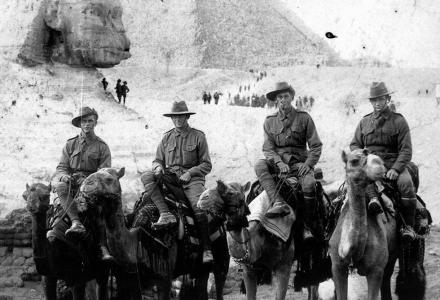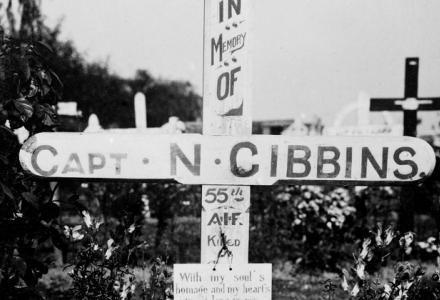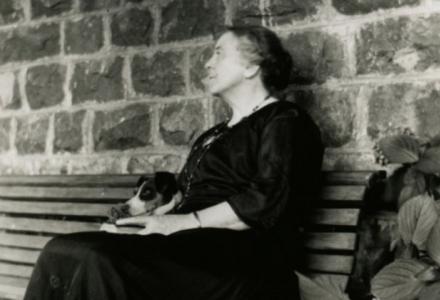Ellis Silas wasn’t cut out to be a soldier. Slight build and frail constitution, the artist from London was first rejected for service. On his third attempt to enlist, the authorities relented and took him on as a signaller.
Aloof and intellectual, Ellis Silas was hardly a paragon of Anzac mateship. But even to the roughest of bushman he would prove himself on Gallipoli. In the first dangerous weeks ashore, he scribbled and he sketched in the tense spaces between battles. His diary and his artwork remain one the most compelling accounts of the campaign.
Ellis Silas showed that there was a place for artists in war and that a sensitive, somewhat eccentric, man need not fail his comrades. His personal courage and the ability to rise above the fear every soldier felt earned the admiration of the very men who once shunned him. Equally importantly, Silas’ own view of those same men was transformed. The bonds men felt in battle bridged an immense cultural difference, as bohemian and bushman, foul-mouthed soldier and well-read artist endured a common ordeal together. Eventually that ordeal broke Ellis Silas. He was evacuated from Anzac suffering shell shock, enteric fever, and exhaustion. Like many men far more stoic than himself, he never truly recovered from his war service.



